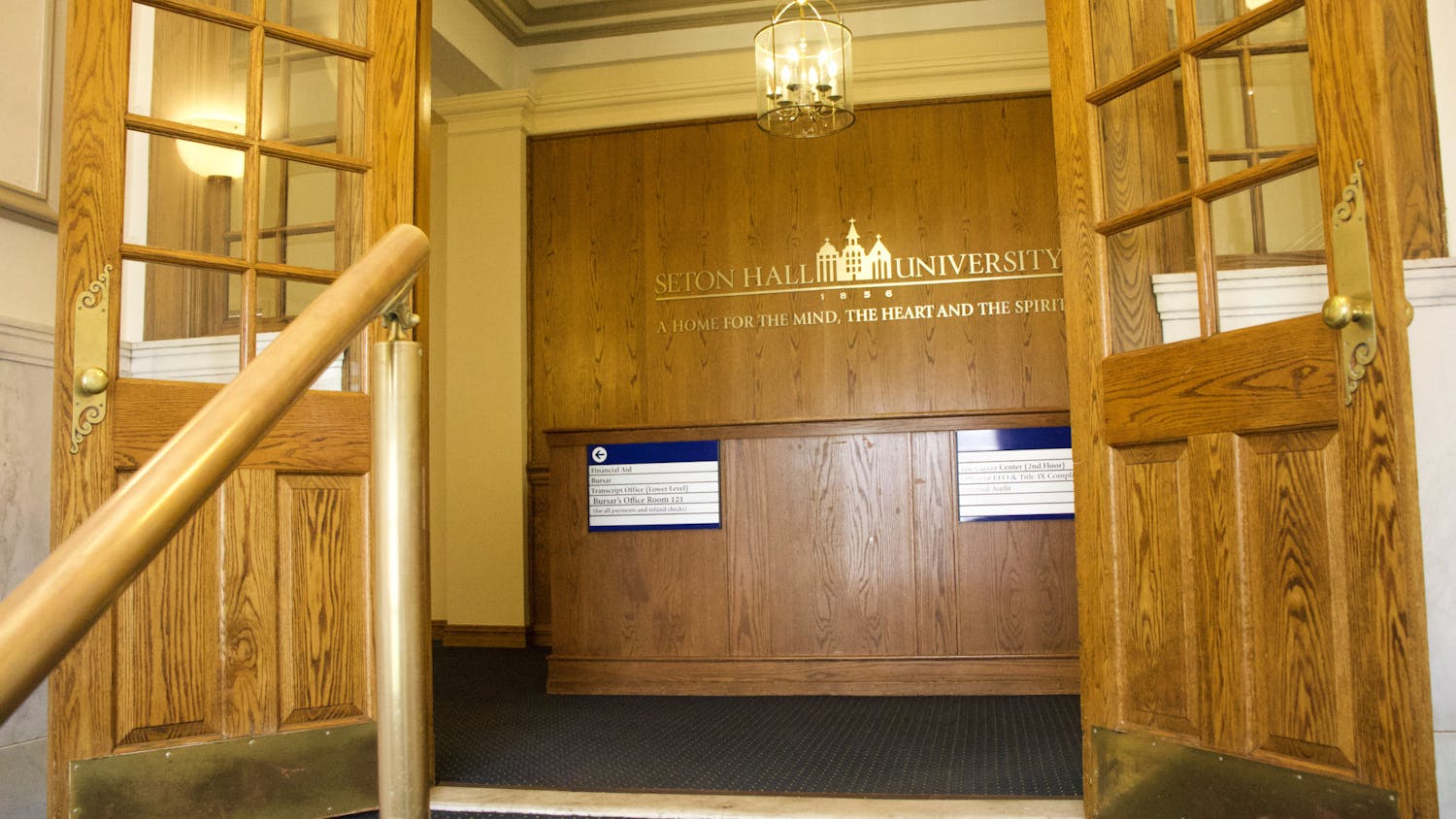The abrupt termination of Jim Rodenbush, director of student media at Indiana University’s (IU) media school and adviser to Indiana Daily Student (IDS), and the shutdown of the paper’s print edition have raised questions about student press freedom and university oversight.
In recent weeks, the university had directed the IDS to “stop printing news coverage,” Co-Editors-in-Chief Mia Hilkowitz and Andrew Miller said in an article posted to the outlet’s website. News coverage could continue to be published online.
On Oct. 14, Rodenbush was fired after he refused to obey the order and block news stories from the publication’s upcoming homecoming edition.
Rodenbush told The Indiana Star, “I was terminated because I was unwilling to censor student media.”
Hilkowitz and Miller similarly asked the university to rescind their demand and in response, the university “fully cut” the print. The next print edition was scheduled to be released two days later.
The editors penned an article accusing IU of “unlawful censorship.” They later hired Kris Cundiff, an attorney from the Reporters Committee for Freedom of the Press who also demanded the university reverse course.
In a letter to the university, Cundiff wrote, “public bodies may not retaliate against individuals for engaging in First Amendment-protected speech—including expressing disagreement with a decision by the government, as the IDS did here.”
The conflict at IU reflects a broader tension between student journalism and university oversight, a struggle that has surfaced at other institutions as well.
Seton Hall, for instance, is home to three undergraduate student newspapers: The Setonian, the official SHU newspaper; The Stillman Exchange, a business newspaper; and The Diplomatic Envoy, a foreign affairs newspaper.
Similarly to the IDS, The Setonian was suspended in February 1964 because University President Bishop John J. Dougherty said the staff “abused” their First Amendment rights and published stories that reflected an “unwholesome spirit of cynicism.”
Students protested the ban and administrators like Thomas Fahy, the vice president of instruction at the time, advocated for the reinstatement of the paper.
Following the establishment of a new editorial board that April, The Setonian resumed publication. The events at both IU and SHU underscore a longstanding debate over how much control universities should have over student publications and where the line between administration oversight and censorship lies.
Joseph Brennan, Editor-in-Chief of The Diplomatic Envoy, voiced his concerns on the matter.
“Indiana University's decision to fire a faculty member after a disagreement about expectations for the IDS is extremely concerning — especially because this meeting follows the release of stories about IU's poor free speech record and the suspension of IU's Palestine Solidarity Committee,” Brennan said.
Brennan notes that while funding is a legitimate concern for student organizations, the timing and context of the situation certainly makes it “seem as though financial issues are simply a cover.”
“Indiana University should promote student writing, journalism, and activism — not suppress it because their administration disagrees,” Brennan said.
Ivan Saperstein, an adjunct professor who teaches Media Law at SHU, weighed in on the subject. He explained that college newspapers generally cannot be suppressed because university officials disfavor the content. Universities can impose “content-neutral” time, place, and manner restrictions, he said.
Saperstein added that university guidelines on the format of student publications can raise constitutionality concerns.
“Format restrictions that substantially impair a publication’s ability to reach its intended audience or that are selectively applied based on content considerations may violate the First Amendment,” he said.
IU officials said the decision to shift from print to strictly digital publication was made to address the newspaper’s financial deficit.
David Reingold, the university’s chancellor, said IU is “firmly committed to the free expression and editorial independence of student media.”
If the mandate is deemed a legitimate administrative measure for purposes such as cost reduction, it may not be considered a constitutional violation, Saperstein said. However, if it is determined that the mandate was created with the intention of restricting content, a violation may be recognized, he explained.
“While funding is a legitimate concern for student organizations, the timing and context of the situation certainly makes it seem as though financial issues are simply a cover,” Brennan said.
On Monday, IU Media School Dean Dave Tolchinsky announced the formation of a task force “on editorial independence and financial stability of the IDS and student media.”
The task force will consist of faculty, staff, students and alumni who will be appointed in the coming weeks.
While IU’s decision has sparked a debate over censorship and administrative control, it also reflects a growing reality across the journalism landscape: the decline of print.
According to the Pew Research Center, the total estimated weekday circulation of U.S. daily newspapers dropped from 55.8 million in 2000 to 24.2 million by 2020. The Setonian, for example, ceased consistent printing in 2020 due to the pandemic, but officially returned to print in 2025 with special editions every semester.
This decrease in circulation has also had a financial impact on newspapers. The U.S. Census Bureau’s Service Annual Survey (SAS) showed that the estimated revenue of newspaper publishers dropped by 52% between 2002 and 2020.
For student newspapers, the shift away from print reflects broader industry trends shaped by financial pressures and changing media consumption habits. As universities continue to adapt, the challenge lies in balancing cost efficiency with maintaining editorial independence and access to student journalism.
Megan Pitt is the head editor for The Setonian’s News section. She can be reached at megan.pitt@student.shu.edu.





